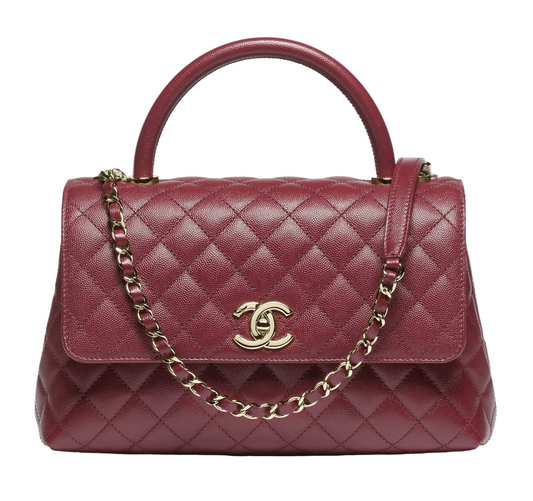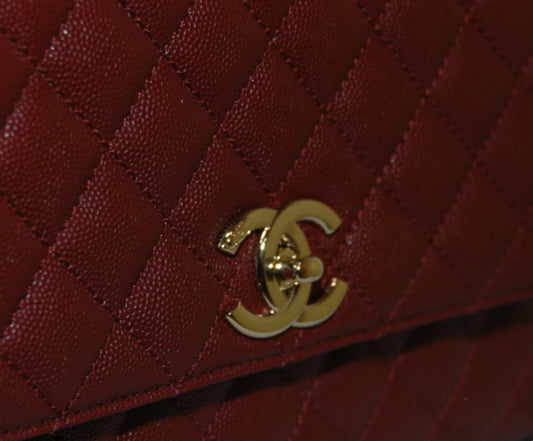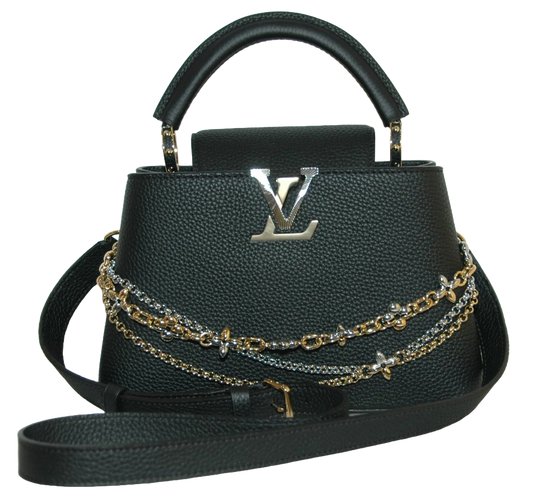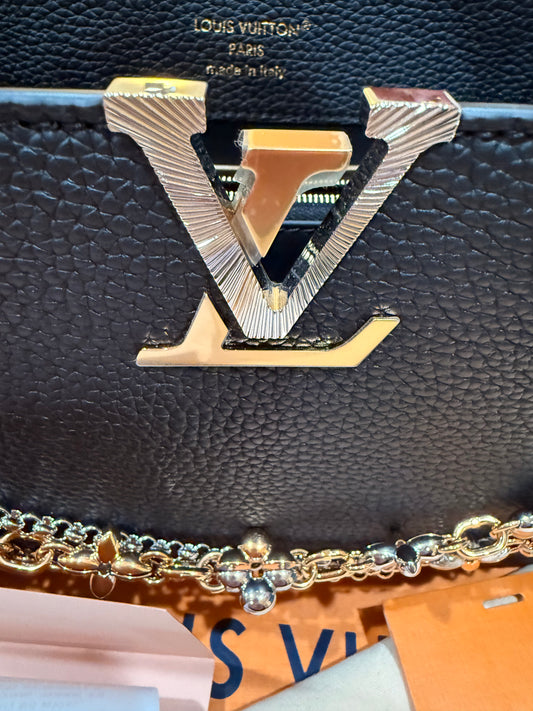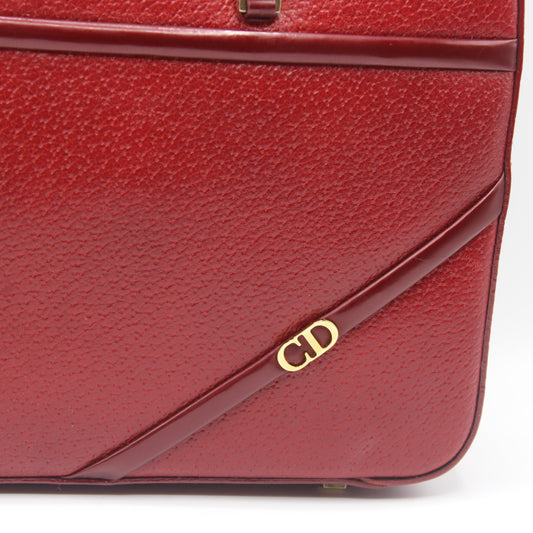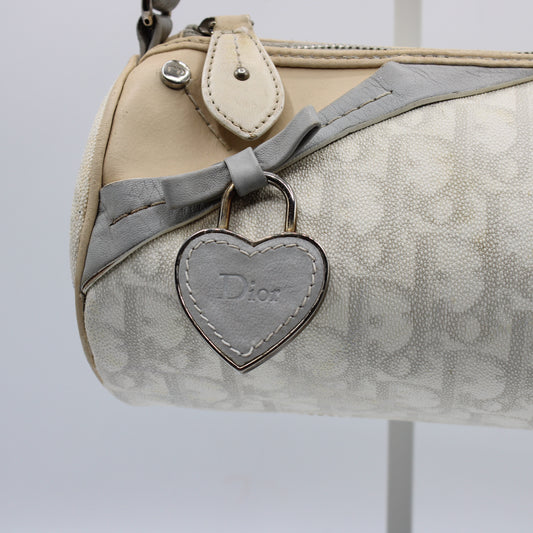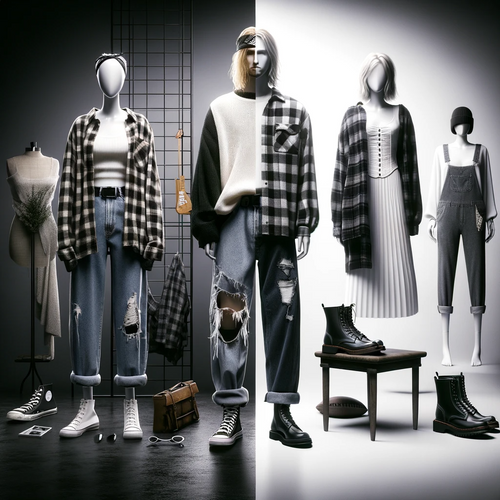
1990s Fashion: Grunge & Minimalism's Lasting Impact
Stefany BagsShare
The 1990s were a time of bold fashion statements and unforgettable trends. As we reminisce about this iconic era, let's explore some of the most influential styles that continue to inspire fashion enthusiasts today. Let’s look at two cultural movements of that time: the Grunge and Minimalism and their role in fashion.
1. The Grunge Movement of the Early '90s: A Cultural and Fashion Revolution
The early 1990s witnessed the emergence of a significant cultural movement that reshaped not only the music scene but also fashion and social attitudes. This movement, known as grunge, originated in the Pacific Northwest, particularly in Seattle, and it quickly swept through the youth culture of the time, leaving an indelible mark on the decade.
Origins and Musical Influence
Grunge's roots can be traced to the late 1980s, stemming from the underground music scene in Seattle. Bands like Nirvana, Pearl Jam, Soundgarden, and Alice in Chains combined elements of punk rock and heavy metal, creating a sound that was raw, distorted, and deeply emotive. The lyrics often dealt with themes of social alienation, apathy, and disillusionment, resonating with a generation that felt disconnected from the mainstream culture of the time.
The breakthrough of Nirvana's album "Nevermind" in 1991 is frequently cited as the moment when grunge entered the mainstream. The unexpected success of the album, particularly the hit song "Smells Like Teen Spirit," brought grunge to a global audience and set the stage for the dominance of alternative rock throughout the '90s.
Fashion and Aesthetic
The grunge aesthetic was as much a response to the prevailing fashion trends as it was a natural extension of the music. In stark contrast to the flashy and glamorous styles of the 1980s, grunge fashion was understated, unpretentious, and accessible. It was characterized by a sense of thrift-store eclecticism, with a focus on comfort and practicality.
Key elements of grunge fashion included flannel shirts, often worn unbuttoned over faded band t-shirts; ripped and faded jeans; oversized knit sweaters; and combat boots or Converse sneakers. The look was often completed with unkempt hair and a general disregard for the polished image that dominated previous fashion trends. This style was not only a statement of identity but also an implicit critique of consumerism and the fashion industry.
Cultural Impact and Legacy
The grunge movement, in both its musical and fashion manifestations, reflected a broader sense of disillusionment among young people. The generation coming of age in the early '90s, often labeled as Generation X, was grappling with the aftermath of the Cold War, the onset of the AIDS epidemic, and a sense of economic uncertainty. Grunge became a means of expressing the angst and disenchantment of this generation.
Furthermore, grunge challenged the gender norms in fashion. The androgynous look of grunge, with its oversized shirts and disregard for traditional beauty standards, offered an alternative to the more gender-specific styles of previous decades. This had a lasting impact on fashion, paving the way for more gender-neutral styles in mainstream fashion.
Despite its relatively short lifespan as a dominant cultural force, grunge's influence extended well beyond the early '90s. It changed the landscape of rock music, paving the way for a more diverse and eclectic range of sounds and styles. In fashion, grunge's legacy can be seen in the continued popularity of casual, street-inspired styles and the periodic resurgence of '90s fashion trends.
The grunge movement of the early '90s was more than just a musical genre or a fashion trend; it was a cultural phenomenon that captured the spirit of a generation. It represented a shift in attitudes towards authenticity, individuality, and a rejection of the status quo. The raw energy and emotional depth of grunge music, along with its distinctive fashion sense, continue to influence artists, designers, and cultural commentators. As such, grunge remains a significant chapter in the cultural history of the late 20th century, symbolizing a moment when the fringes of society briefly took center stage.
2. Minimalism: A Stark Contrast to Grunge in the 1990s
In the 1990s, the fashion and cultural landscape was a vivid tapestry of diverse, often contradictory trends. Among these, minimalism emerged as a defining style, standing in stark contrast to the grunge movement that dominated the early part of the decade.
The Essence of Minimalism
Minimalism, as a movement, can be traced back to the post-World War II art scene, particularly in the works of artists like Frank Stella and Donald Judd. It was characterized by simplicity, clean lines, and a monochromatic palette. By the 1990s, minimalism had permeated various aspects of culture, most notably in fashion and interior design.
In fashion, minimalism was a reaction against the excesses of the 1980s and the chaotic, unstructured style of grunge.
Fashion
The Essence of Minimalism in Fashion
Minimalism in fashion was characterized by a deliberate shift towards simplicity and functionality. Designers like Calvin Klein, Jil Sander, and Helmut Lang championed this style, favoring clean lines, neutral palettes, and an absence of superfluous embellishments. Their creations were defined by understated elegance, neutral colors, and a focus on form and fabric over decoration. This approach to fashion emphasized a timeless, universal aesthetic that stood in sharp contrast to the transient, highly personalized nature of grunge.
This trend was about stripping away the unnecessary, focusing on the purity of form, and elevating basic essentials to high fashion. The minimalist wardrobe consisted of sleek, streamlined pieces - tailored trousers, simple t-shirts, slip dresses, and structured blazers. These items were often monochromatic, in shades of black, white, or beige, emphasizing the design and silhouette over color and pattern.
Minimalism in Design and Lifestyle
The minimalist ethos extended beyond clothing into interior design and lifestyle. In home decor, it translated into uncluttered spaces with clean lines and a monochromatic color scheme. Furniture was functional yet stylish, devoid of ornate detailing. The focus was on creating a sense of calm and order, an oasis of serenity in a chaotic world.
Lifestyle minimalism, meanwhile, promoted the idea of living with less. It was about decluttering not just physical spaces but also one’s life, prioritizing quality over quantity, and finding beauty in simplicity. This philosophy resonated with those who sought to distance themselves from the rampant consumerism that defined much of the decade.
Minimalism as a Cultural Statement
Minimalism, in its various forms, was more than just an aesthetic choice; it was a cultural statement. In a decade characterized by rapid technological advancements, economic fluctuations, and an ever-growing media landscape, minimalism offered a way to cut through the noise. It was an attempt to return to basics, to find stability and meaning in the understated.
For the fashion industry, minimalism challenged the idea that more is better. It proposed that there could be luxury in simplicity, elegance in restraint. This was a radical departure from the maximalist trends of previous years and offered a new perspective on what fashion could be.
Legacy of 1990s Minimalism
The minimalist trend of the 1990s left a lasting impact on the fashion industry. It heralded a new era of design that continues to influence contemporary fashion. The clean, unadorned aesthetic of minimalism can be seen in the work of many modern designers, who continue to draw inspiration from this quietly powerful movement.
Minimalism in the 1990s served as a serene yet powerful counterbalance to the tumultuous and varied trends of the decade. It offered a different way of approaching fashion, design, and life – one that valued simplicity, clarity, and the beauty of the unadorned. As a cultural statement, it represented a yearning for stability and order in an increasingly complex world, making it not just a fashion trend but a lifestyle choice that continues to resonate today.
Contrasting with Grunge
While grunge was about expressing individuality through eclectic, often disheveled styles, minimalism sought uniformity and refinement. Grunge reflected the angst and rebelliousness of youth, while minimalism appealed to a desire for control and sophistication. These contrasting approaches to fashion represented the diverse attitudes and experiences of the 1990s.

